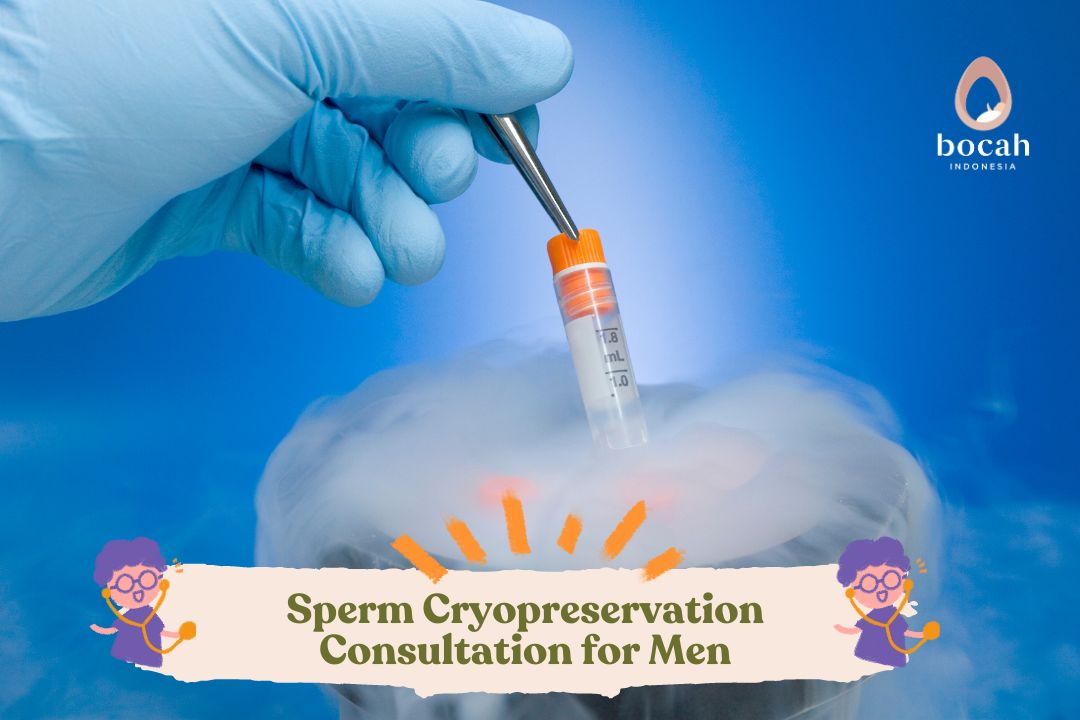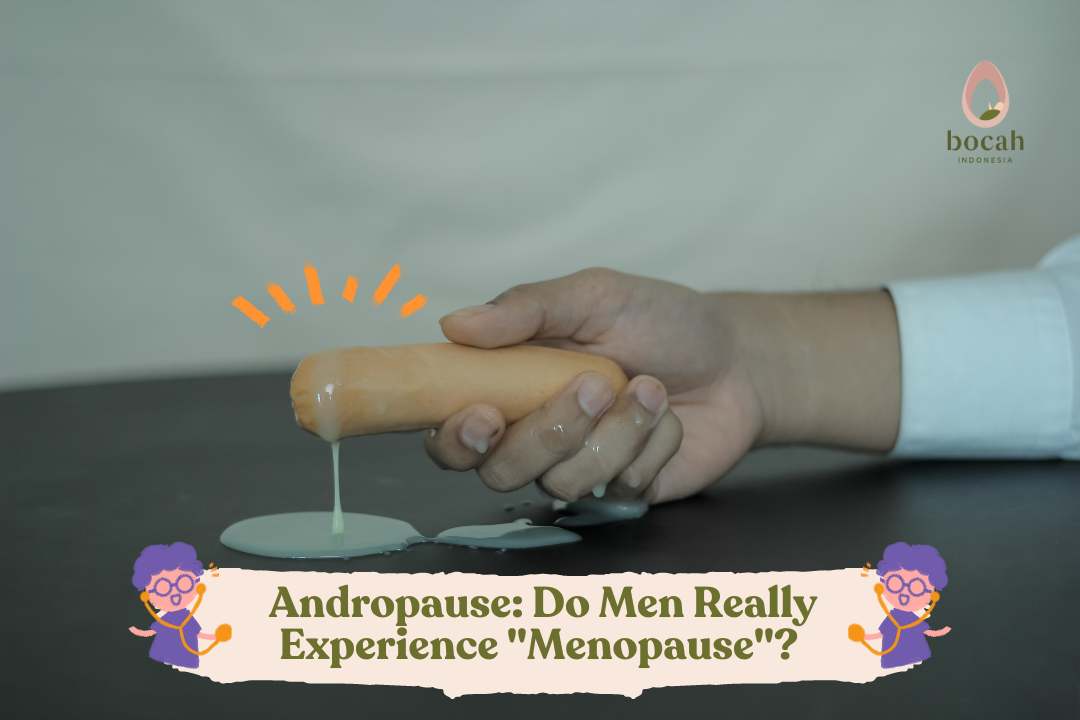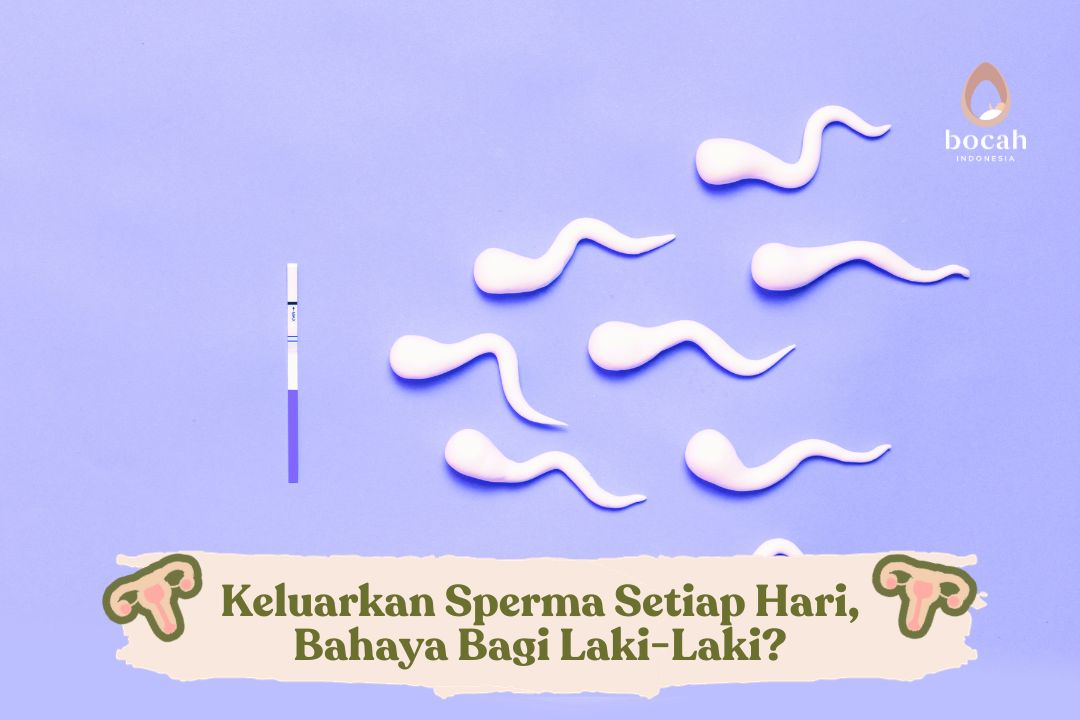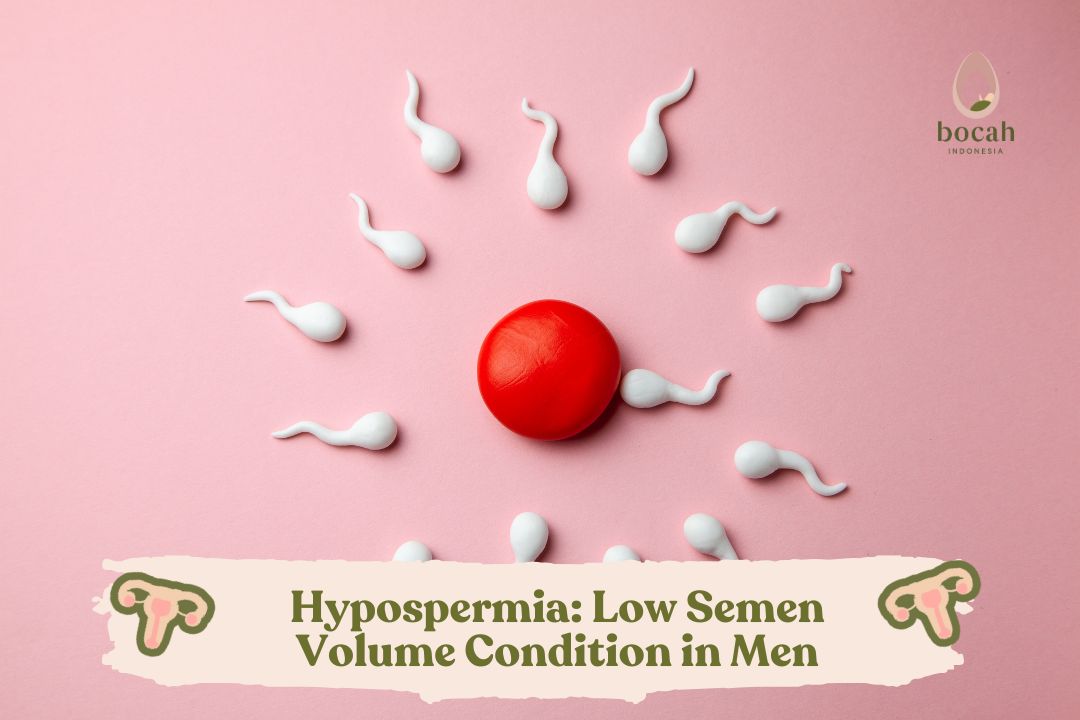Management of Azoospermia and Oligospermia, Sperm Abnormalities in Men
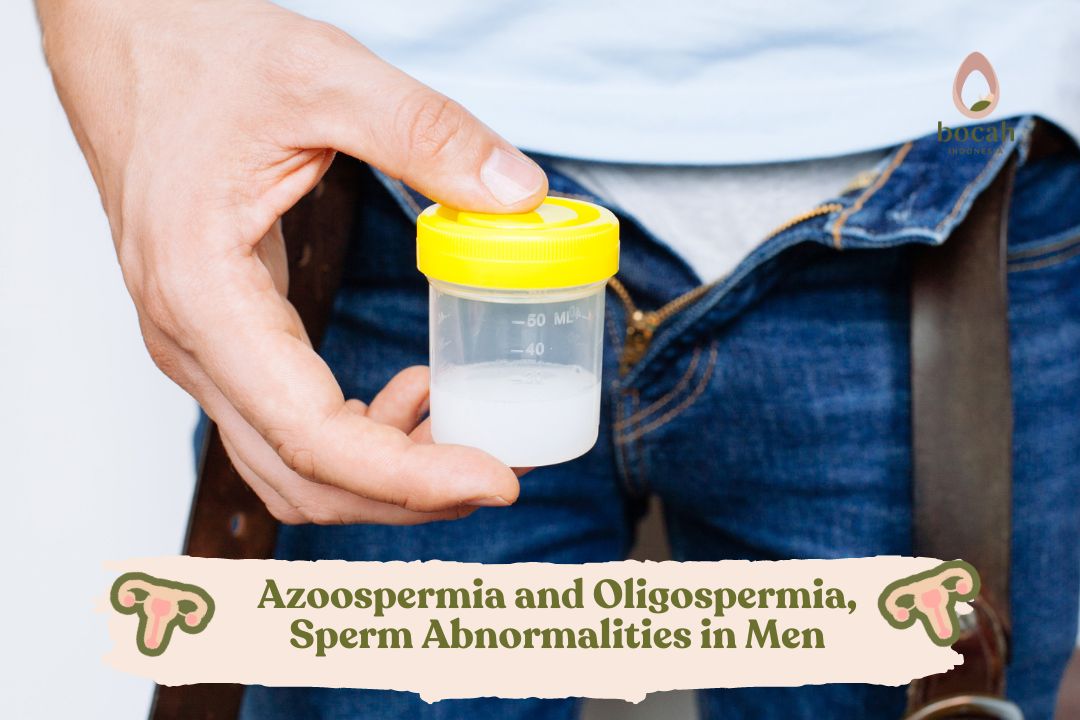
Azoospermia and oligospermia are among the causes of fertility issues that can make it difficult for couples to conceive.
Do you know about azoospermia and oligospermia? Both are sperm abnormalities that men can experience. Azoospermia is a condition where there is no sperm present in the semen when a man ejaculates. Azoospermia can occur due to genetic abnormalities, hormonal disturbances, or blockages in the testicular ducts. The normal sperm count for a man is at least 15 million cells per millimeter of semen. If the count is below this number, then it is considered low.
On the other hand, oligospermia is a condition where the number of sperm in the semen is less than 15 million per millimeter. Although both are sperm abnormalities that occur in men, they are different conditions. If oligospermia involves a low sperm count, azoospermia means there is no sperm at all in the semen.
Causes of Azoospermia
The causes of azoospermia are divided into two types, namely obstructive azoospermia and non-obstructive azoospermia.
Obstructive Azoospermia
This condition occurs due to a blockage in the male reproductive tract, such as the sperm duct (vas deferens) or epididymis. Some conditions that can cause blockage include:
Tanya Mincah tentang Promil?
- Infection or inflammation
- Injury
- History of pelvic surgery
- Vasectomy procedure
- Cystic fibrosis, a condition where the blockage is caused by mucus from the vas deferens.
- Retrograde ejaculation, a condition where semen, which should exit through the penis, instead goes into the urinary tract.
Non-Obstructive Azoospermia
This type of azoospermia is caused by hormonal disorders or genetic abnormalities, leading to a complete inability to produce sperm. Hormonal disorders that may be experienced include hypogonadism or hyperprolactinemia. Genetic or chromosomal abnormalities, such as Klinefelter syndrome, Kallmann syndrome, and Y-chromosomal microdeletions, can also cause this condition.
Besides hormonal disorders and genetic abnormalities, impaired testicular function can also lead to several conditions, such as:
- Testicular torsion
- Testes failing to produce sperm
- Inflammation of the testes (orchitis)
- Testicular tumor or cancer
- Varicocele
- Side effects of medications
How to Handle Azoospermia
According to Dr. Androniko Setiawan, Sp.And, a specialist in andrology from Bocah Indonesia, it is mentioned that before seeking a treatment method for azoospermia, it is necessary to first identify the cause.
“When a man is diagnosed with azoospermia, he shouldn’t immediately be disheartened or anything like that. So, the first thing to think about is to diagnose, to find out the reason why. So, it’s not about jumping straight to therapy. In the simplest terms, it’s divided into two, one is obstructive, where there is a blockage, and the other is non-obstructive, which is a disorder in sperm production. So, determine the cause first. After that, we can decide on the treatment,” said Dr. Androniko.
Dr. Androniko also mentioned that the treatment of azoospermia will initially involve therapy, but it is not impossible that invasive actions may be needed.
“So, as long as we have made a diagnosis, therapy usually takes 3-6 months but it also depends on the age of the father and mother to meet their target. Usually, we perform more invasive actions if needed, which is the sperm retrieval technique. The principle is to directly take sperm from its storage or from its factory,” said Dr. Androniko.
How to Overcome Oligospermia
Just like azoospermia, the treatment of oligospermia also depends on the underlying cause. Here are some treatment methods for oligospermia that you need to know:
If oligospermia is caused by an infection in the reproductive organs, the doctor will prescribe antibiotics to treat the infection. However, these antibiotics cannot improve fertility if the damage is caused by a permanent infection.
Oligospermia caused by sexual dysfunction or premature ejaculation should be treated with medication, counseling, or a combination of both.
Additionally, hormone therapy may also be performed if oligospermia is caused by a hormonal imbalance.
If oligospermia is caused by varicocele or a blockage in the sperm passage, invasive action will be taken.
That’s the explanation of how to handle azoospermia and oligospermia. However, you still need to consult and undergo examinations first to receive the proper treatment. Let’s visit the nearest fertility clinic soon!
Artikel ini ditinjau secara medis oleh dr. Chitra Fatimah
Source:
- Cioppi, F., et al. (2021). Genetics of Azoospermia. Int J Mol Sci. 2021 Mar; 22(6): 3264.
- Chiu, YH., et al. (2017). What Does a Single Semen Sample Tell You? Implications for Male Factor Infertility Research. Am J Epidemiol. 2017 Oct 15; 186(8): 918–926.
- Kumar, N., Singh, AK. (2015). Trends of male factor infertility, an important cause of infertility: A review of literature. J Hum Reprod Sci. 2015 Oct-Dec; 8(4): 191–196.


